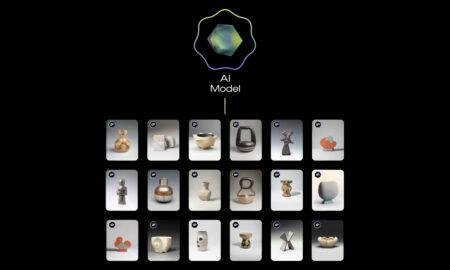Monero, the open-source altcoin created to provide fungibility, privacy and decentralization, successfully underwent a hard fork on 9th March, 2019, resulting in a hash rate plummet of over 80% and a purge of ASIC miners from the network. This is the latest development in Monero’s ongoing war against ASICs, which is designed to prevent too much centralisation of mining hash power. But what exactly does it mean for GPU miners?
The War with ASICs
Monero performed its first anti-ASIC hard fork in April 2018 to counter ASIC machines such as the Antminer X3. The Monero Core Team vocalized specific concerns over government manipulation or imposed regulation of the network and has consequently committed further to increasing ASIC resistance, building its strategy on making scheduled hard forks to prohibiting ASICs from engaging with the network.
In deliberately excluding ASIC mining, Monero is committed to CPU and GPU miners, and resisting centralisation. Preventing potential 51% attacks is doubly important for a privacy coin like Monero, and as mining farms grow in size and the number of hash-power-for-hire marketplaces increases, it’s important to remain committed to this path. The recent Ethereum Classic attack in January shows that it is possible to carry out a 51% attack, even on an altcoin with a fairly high market capitalization.
The one danger is that over time, Monero’s commitment to its six-monthly hard forks may be unsustainable. This is because community consensus becomes increasingly harder to achieve – the last fork spawned four Monero spin-off projects.
The Implication for GPU Miners
Monero’s introduction of the anti-ASIC Proof of Work protocol saw hash rates plummet by 83%, boosting profitability for GPU miners who typically mine other more profitable coins. However, the hash rate is already beginning to climb, recovering to 313.75 Mh/s from 95 Mh/s.
The drop in hash rate made Monero one of the most profitable coins to mine for a time, but through the laws of supply and demand, the hash rate is already equalizing. The market didn’t rally in response to the hard fork as one might have expected, the sluggish response may be because most mining farms and GPU mining rigs require too much manual effort to change mining algorithms – although software is becoming more sophisticated.

Monero’s upgrade has also introduced further security-oriented changes to the dynamic block algorithm to help mitigate potential ‘big bang’ attacks. Sticking to its privacy coin roots, the upgrade further introduced a dummy encrypted payment ID, improving the homogeneity of each transaction.
The latest hard fork is therefore a significant improvement on Monero’s founding principles of privacy, security and decentralisation which should be welcomed. Plus, it’s a boon to GPU miners, and demonstrates that if you’re agile, there’s still money to be made through GPU mining.
Matt Hawkins, CEO at Cudo Ventures
Matt Hawkins is a distributed computing expert and entrepreneur. He founded and sold a data centre business and is now applying his knowledge, network and his enthusiasm for crypto market and technology developments in Cudo Miner. Matt believes decentralised computing is better for the environment, and Cudo’s vision is to help make computing more ethical and sustainable – whether its reducing waste or creating innovative ways to support good causes.









